What Is CBT? A Comic Example
May 2, 2018 in Educate Yourself
When you feel depressed or anxious, it can feel like you are just lost in your thoughts. A type of therapy called cognitive behavioral therapy (CBT) helps to teach you how to change your thoughts. The idea is that by changing your thoughts, you can change your mood and how you deal with day-to-day events. CBT is one of the most effective therapies for depression and anxiety in young people.
- CBT describes a cycle starting with an Event.
- A person responds to the Event with a Thought.
- This Thought leads to an Emotion.
- Then that Emotion leads to further Action.
Out of all of these responses, the easiest to change in the cycle are the Thoughts, because they can come from an underlying belief system: one example of such an underlying belief system is, “I’m not good at anything.” This belief system is overly negative. CBT helps train you to think more rationally by using evidence, rather than feelings or beliefs.
Like in this comic strip:
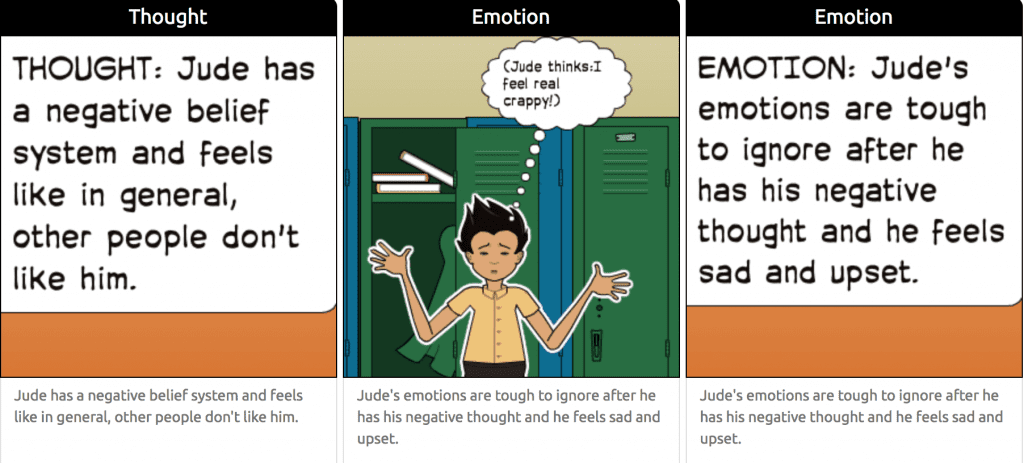
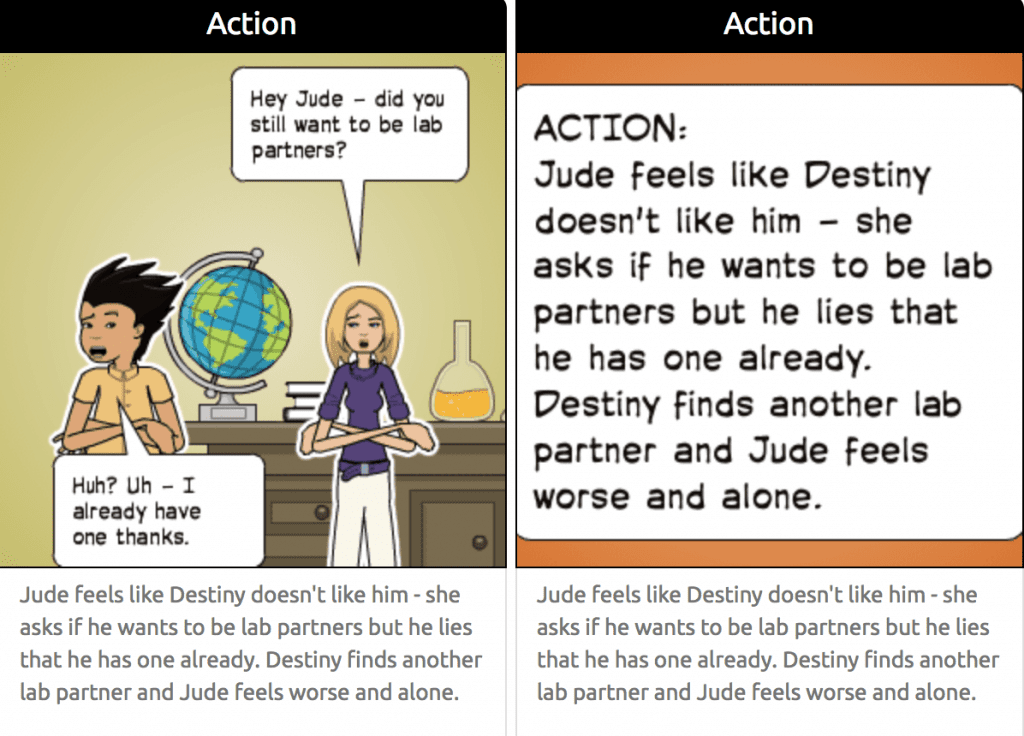
After reading this, imagine that Jude talks to his doctor and realizes he has been feeling depressed. He starts seeing a therapist who teaches him about CBT. Jude realizes there is evidence that some people do like him and there are some people he doesn’t get along with as well.
After CBT, the same scenario might happen a little like this:
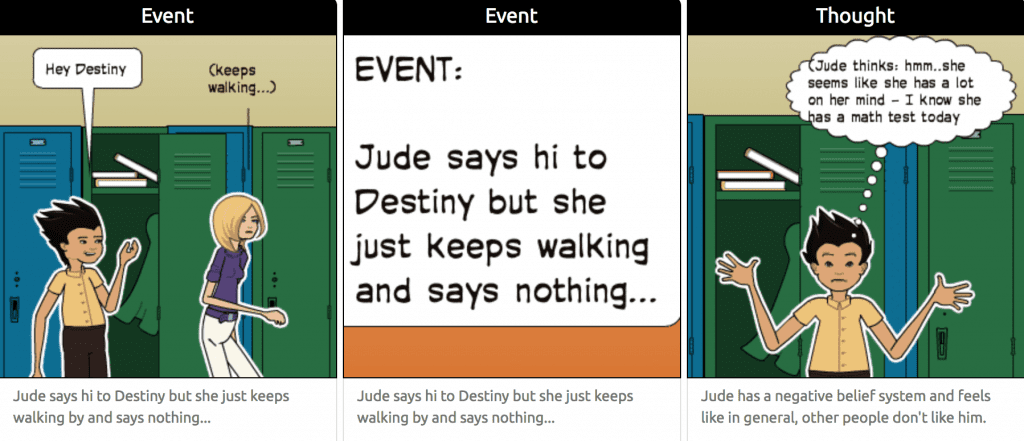
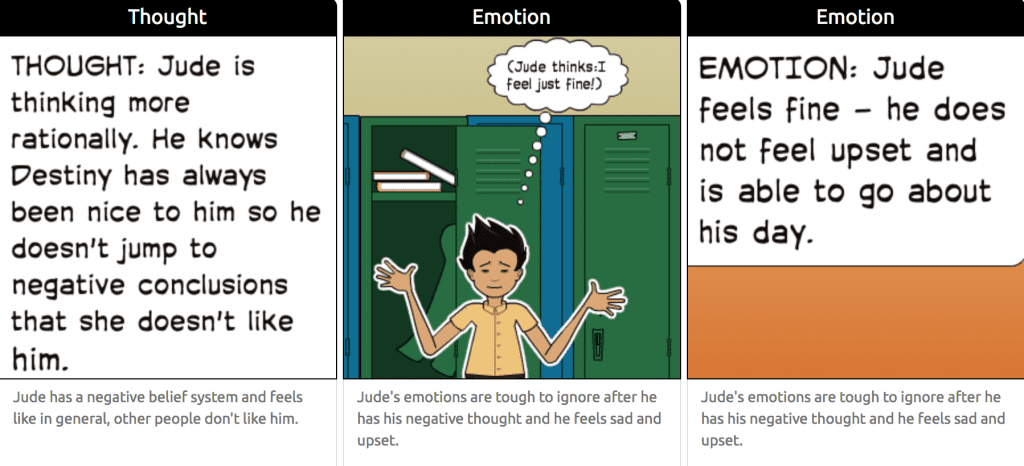
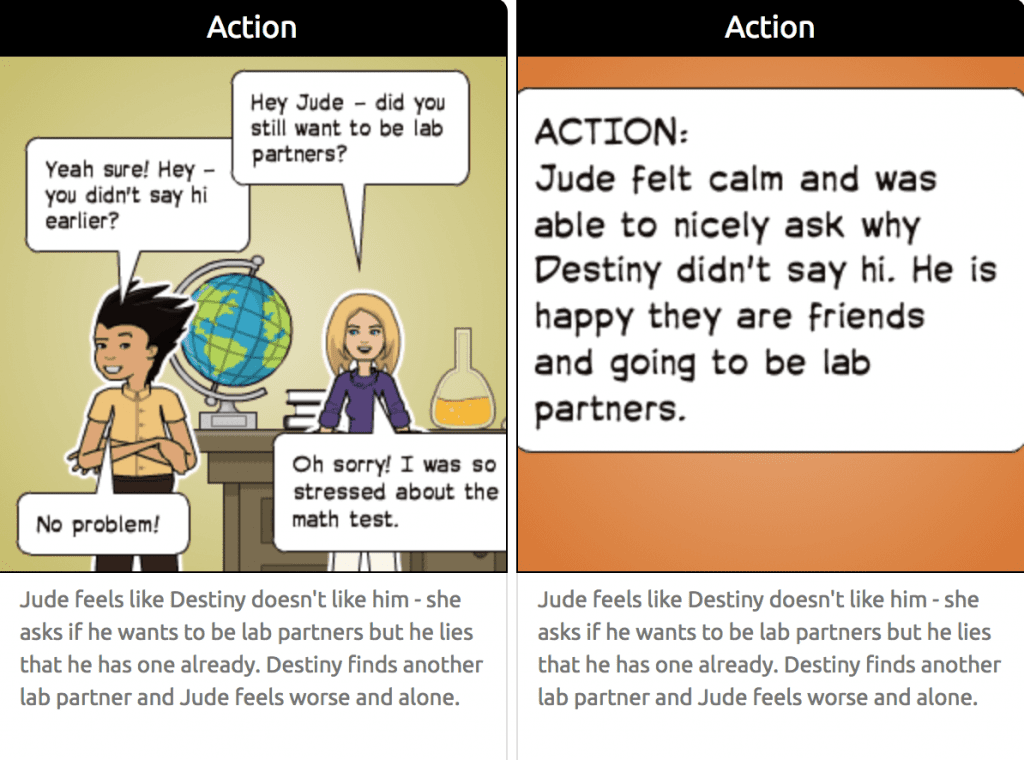
How did Jude manage to change his thinking? What are the differences between the two comic strips? Let us know your thoughts below!

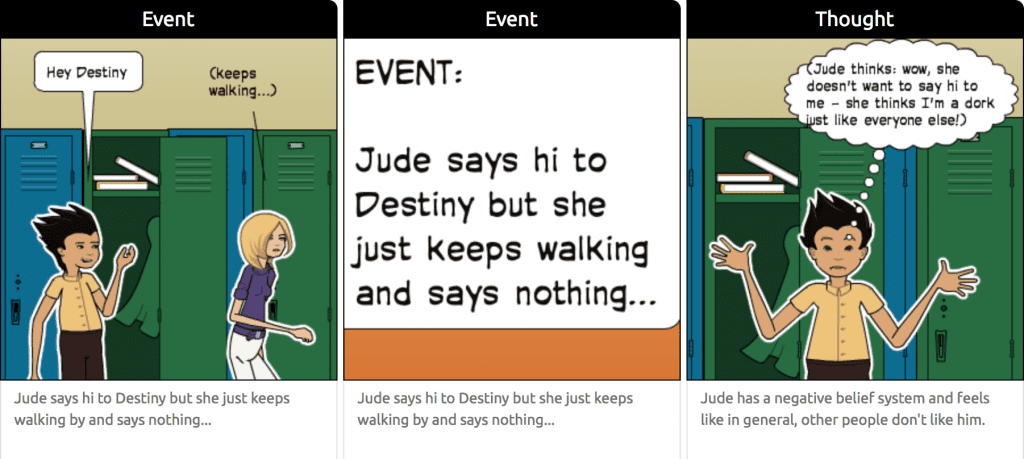

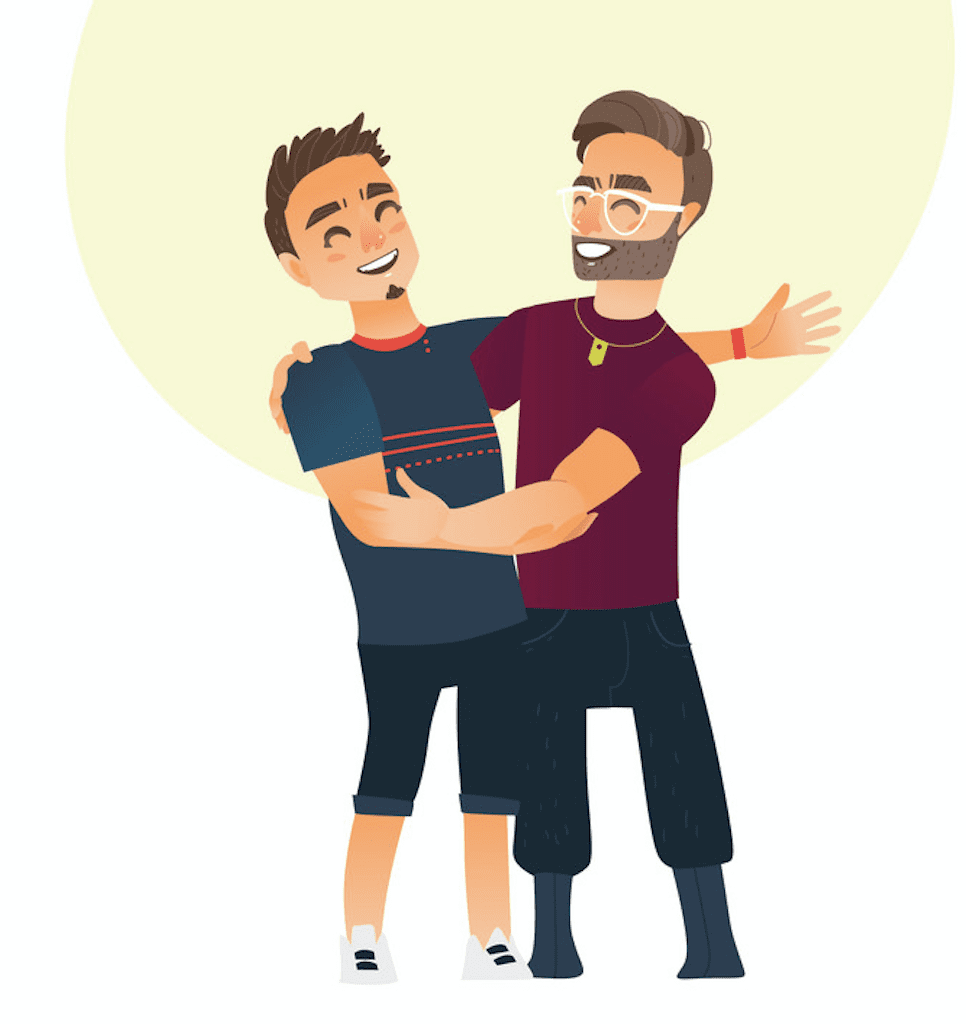 3. They’re present with you.
3. They’re present with you. 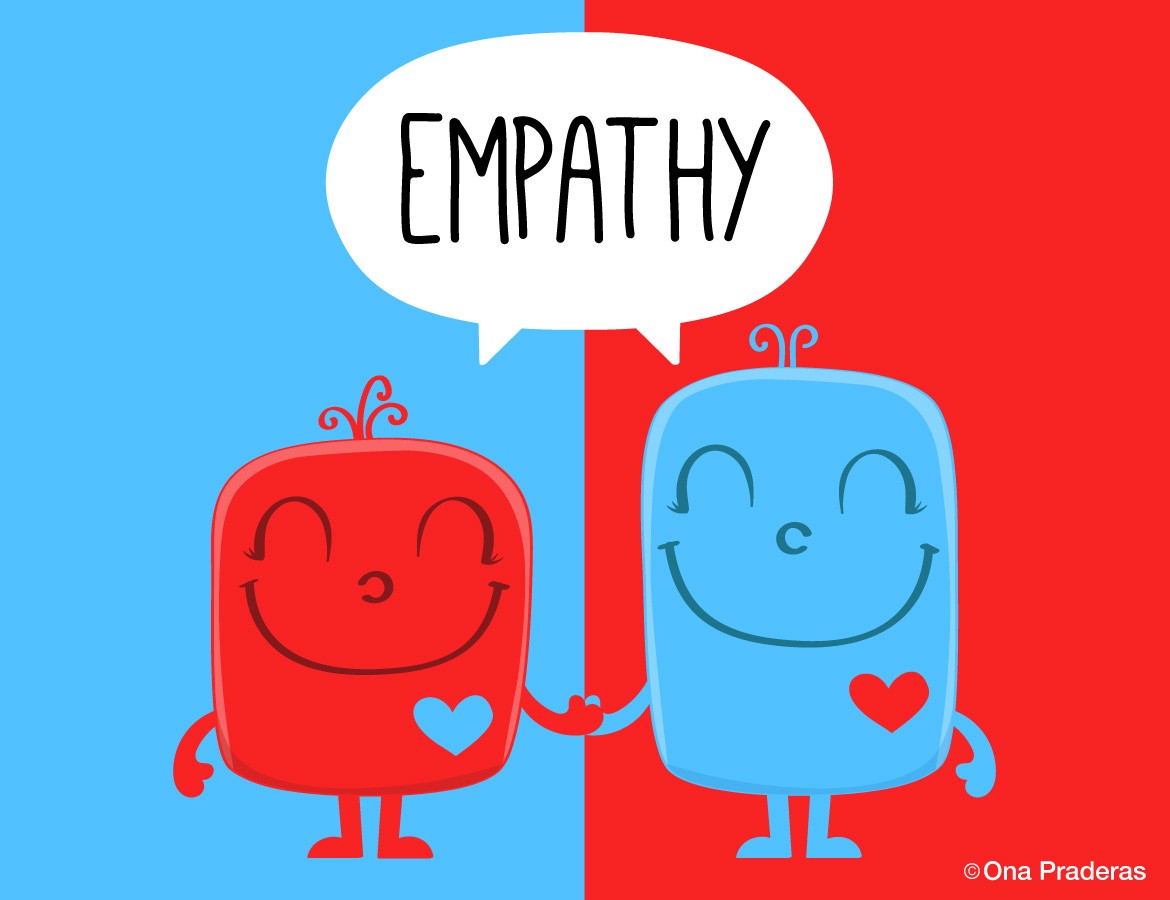
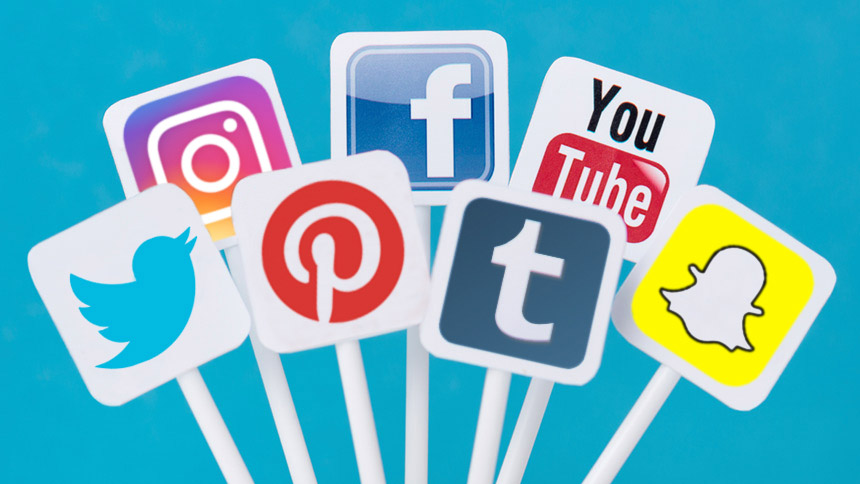




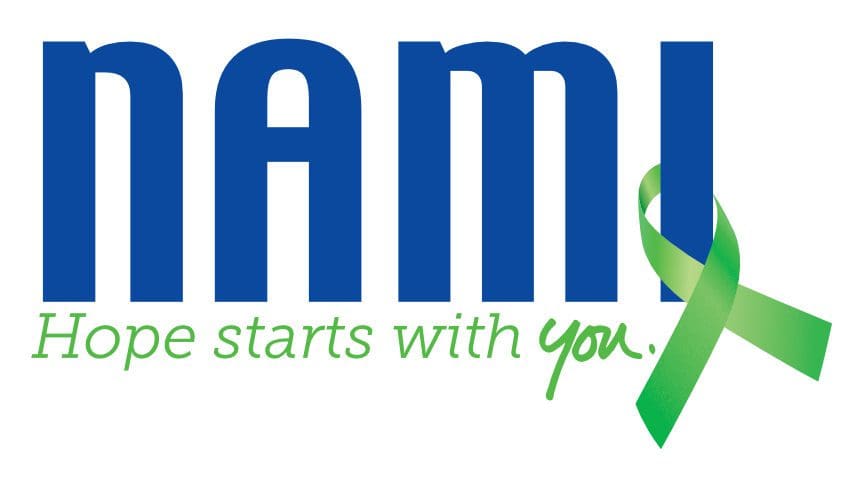
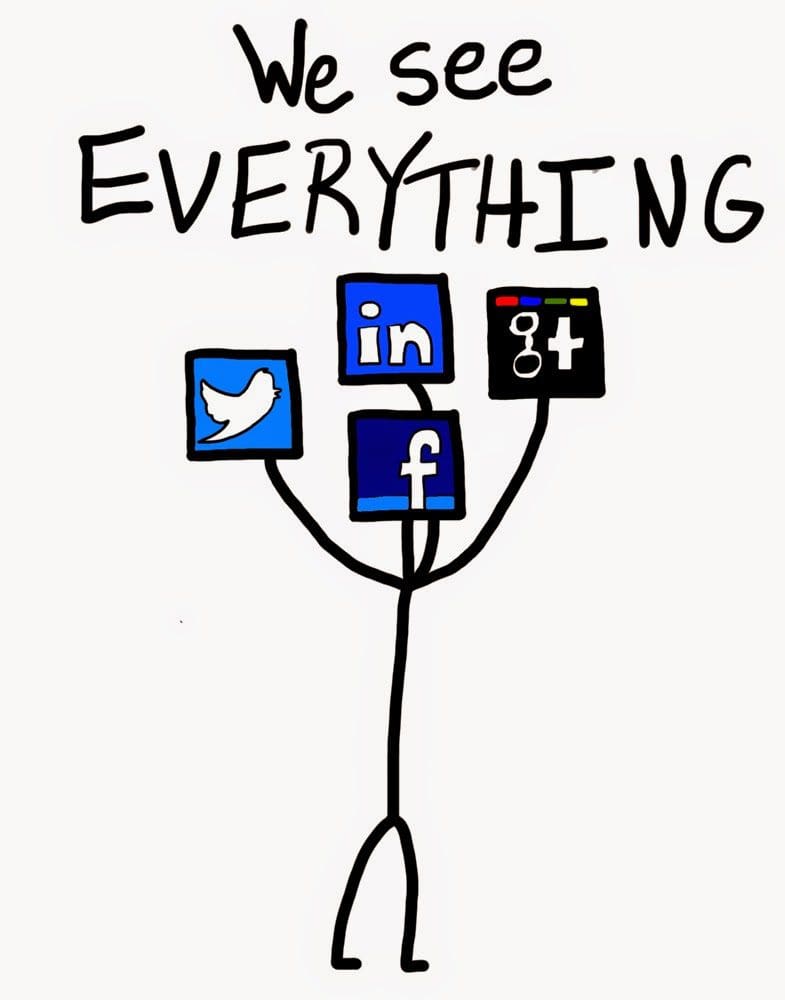 What does privacy mean to you when it comes to social media?
What does privacy mean to you when it comes to social media?



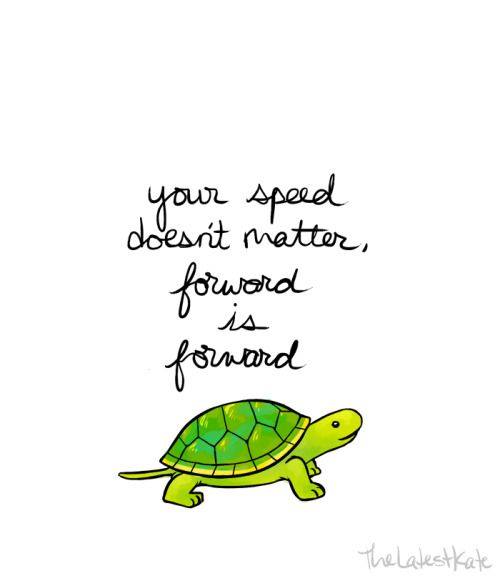 One thing that can be really tough when you have a mental illness is feeling like you are less than. Especially when you see stuff stuff on Facebook, Twitter, Instagram, and the like. It can be hard to feel like you’ve made any progress toward a healthier you when it seems like everyone on social media is on vacation, or cooking like a pro, or having a blast with all their friends.
One thing that can be really tough when you have a mental illness is feeling like you are less than. Especially when you see stuff stuff on Facebook, Twitter, Instagram, and the like. It can be hard to feel like you’ve made any progress toward a healthier you when it seems like everyone on social media is on vacation, or cooking like a pro, or having a blast with all their friends.
Recent Comments